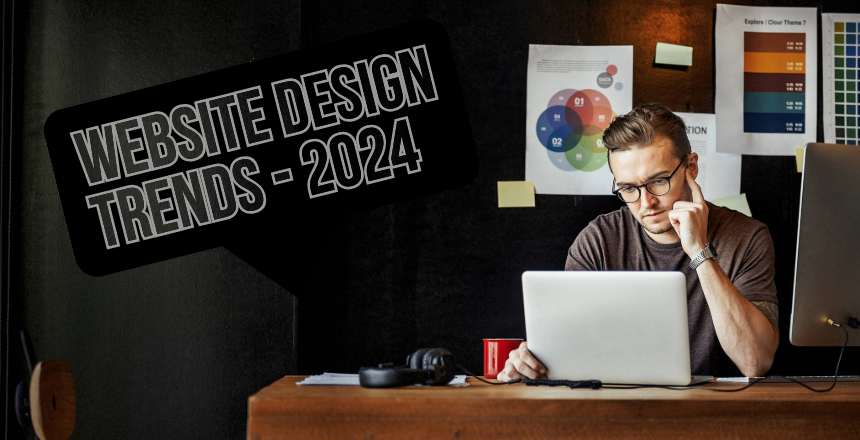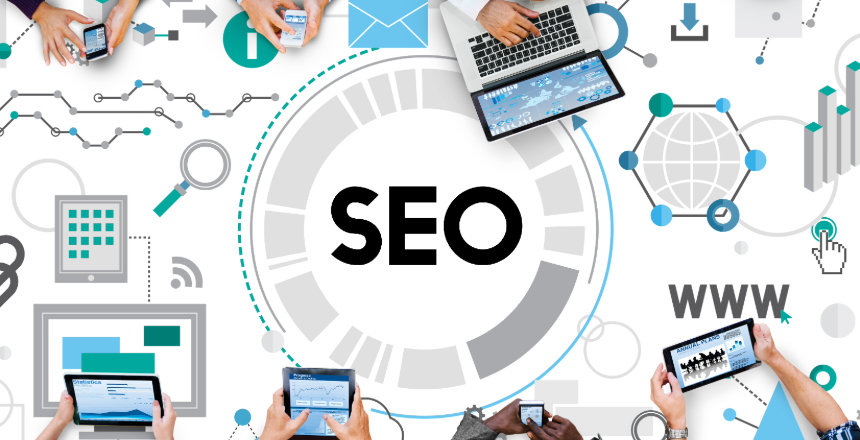As we head into 2024, the field of web design is once again on the brink of transformation. Staying informed about the latest design trends is crucial for web designers who want to keep their projects fresh, engaging, and user-centric.
In this post, we’ll explore three major design trends shaping the web design landscape in 2024 and provide actionable tips to help you incorporate them into your work. Whether you’re a seasoned professional or just starting out, these trends will help you create innovative and relevant designs that speak to today’s digital audience.
1. Immersive 3D and Interactive Elements
In 2024, users expect websites to go beyond static design and offer immersive, interactive experiences. The rise of 3D design, animation, and interactive elements is reshaping how users engage with content, turning passive scrolling into active participation. These elements not only enhance user experience but also make storytelling more engaging and visually captivating.
Why It Matters:
A recent study from Adobe highlights the growing importance of immersive technologies in design, with 74% of designers saying that 3D content is becoming more important to their workflow. With the availability of WebGL and other advanced tools, implementing interactive 3D graphics has become more accessible than ever.
How to Implement:
● Use micro-interactions to provide subtle feedback and engage users. Small animations or hover effects can guide users without overwhelming them.
● Incorporate 3D models to showcase products in a more dynamic way. This is especially useful in e-commerce or product-heavy websites where customers want a closer look.
Tip:
While 3D elements can enhance user experience, make sure they don’t slow down your site. Optimize your 3D assets and ensure they load quickly on all devices to maintain performance.
Additional Resource:
● WebGL: The Future of 3D on the Web
2. AI-Powered Personalization
Artificial Intelligence is not a new concept, but in 2024 it’s becoming a cornerstone of web design. AI allows for personalized user experiences, adjusting content based on browsing history, preferences, and behavior. This tailored approach creates a deeper connection with users, providing them with the information or products they’re most interested in at exactly the right moment.
Why It Matters:
A Gartner study predicts that by 2025, personalized user experiences powered by AI will become a primary driver of customer satisfaction. Websites that can provide unique, tailored experiences will see higher engagement and retention rates.
How to Implement:
● Personalized landing pages: AI can dynamically adjust website elements based on the user’s previous interactions, presenting relevant content or offers.
● Smart chatbots: These can provide real-time support by understanding user needs and offering tailored responses.
Tip:
Start small by implementing personalization in key areas like product recommendations or chatbots, then gradually expand as you gain insights into user behavior.
Additional Resource:
● The Role of AI in Modern Web Design
3. Minimalism with Bold Colors and Asymmetry
Minimalism is evolving in 2024, taking on a more experimental edge. The core principles of minimalism—clean lines, white space, and simplicity—are still at play, but designers are now injecting bold colors, asymmetrical layouts, and creative typography to add depth and energy to their designs. This trend allows for a more dynamic visual experience while maintaining a user-friendly interface.
Why It Matters:
According to Smashing Magazine, minimalism has consistently been a top trend in web design, but the integration of bold elements allows for both functionality and a strong visual identity. It’s about finding the sweet spot between simplicity and creative flair.
How to Implement:
● Asymmetrical grids create a sense of movement and dynamism, drawing attention to key areas of your site without overwhelming the user.
● Bold color accents can guide users to take specific actions or highlight important information.
Tip:
Play with contrasts—use a neutral background with bold, vibrant accents to create an engaging and aesthetically pleasing design that doesn’t compromise on readability or usability.
Additional Resource:
● Exploring Asymmetry in Web Design
Final Thoughts: Adapt to Thrive
The web design landscape in 2024 is all about creating engaging, user-friendly experiences that harness the latest technology. Whether it’s through immersive 3D elements, AI-driven personalization, or bold minimalism, designers who embrace these trends will be better equipped to meet the demands of modern users.
What’s your take on these trends? Have you started experimenting with any of them in your projects? Share your experiences, tips, or questions in the comments below!
By staying ahead of the curve, you’ll not only elevate your own designs but also contribute to a more innovative, accessible, and user-focused digital space.
Additional Resources for Further Reading:
1. Google’s Guide to Web Performance Optimization
2. WebAIM’s Contrast Checker Tool
3. The Importance of User-Centered Design in AI



